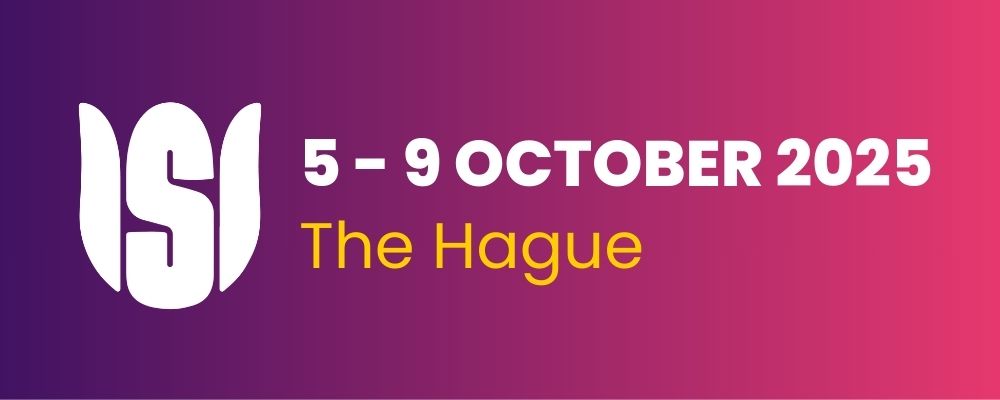Measuring Environmentally Harmful, Including Fossil Fuel, Subsidies
Conference
Proposal Description
In recent years there seems to be a shift in focus from policy measures that support the environment to those that actually obstruct the preservation of nature and harm the environment. Official statistics should keep up with this shift in policy perspective. This requires among other things a definition and corresponding classification of subsidies and other transfers that are potentially harmful to the environment. In this line of work, the methodology previously developed by UNEP (2019) and the European Commission (2022, 2023) may be taken as point of departure.
Debates on fossil fuel subsidies often refer to fossil fuel tax exemptions and discounts and, generally speaking, to the larger family of tax expenditures. The magnitude, in terms of amounts of money, of these ‘ implicit’ types of fossil fuel subsidies may vary between countries and will partly depend on the existing regular tax rates on fossil energy products in one country to another. This complicates the international guidance on such statistics in at least two ways:
1. Implicit subsidies are inseparable from the question: “What should have been the appropriate taxation of fossil fuel consumption in case the exemption or discount would be removed?” This question cannot be answered on the basis of official statistics, particularly not when the tax identified gaps are expected to bridge negative externalities. The optimal taxation from an environmental (or any other) point of view is a policy, and not a statistical, choice.
2. When the amount of fossil fuel subsidies is expected to depend on a ‘regular tax rate’ and this rate happens to be close to zero, there will hardly be any fossil fuel subsidy to report. Yet, such countries without taxes on fossil fuel use should probably not be taken as a good example.
In this session we will discuss how official statistics can support policies that aim at phasing out environmentally harmful subsidies in the broadest sense. The following topics may be addressed:
• The development of a classification of environmentally harmful expenditures, including subsidies and transfers.
• Develop a ‘beyond SNA’ focus on harmful transfers by taking into account also the ‘implicit’ subsidies.
• Looking at alternative (to carbon type subsidies) descriptive statistical methods to quantify environmental tax differences (within and between countries) such as the OECD effective carbon rates.
By exploring these topics, participants will hopefully gain insights into developing and employing (experimental) statistical methods to navigate the complexities of environmental harmful subsidies.
